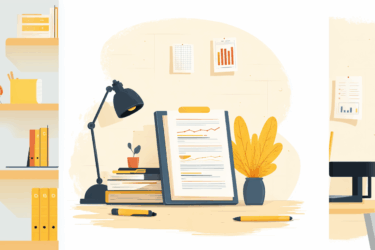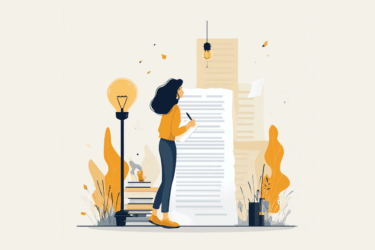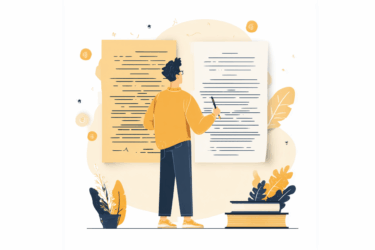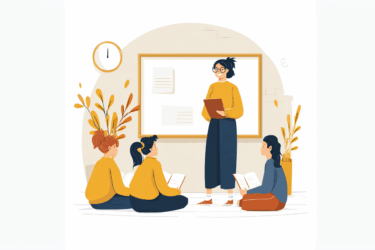In a world overloaded with information, in times of various writing assistants, chatbots, and AI, originality and honest work have become even more valuable. Hence, scan for plagiarism is a compulsory step for approving any text, whether a university assignment or a journal article. But what is the universal standard for such originality checks, and how can one ensure avoiding plagiarism accusations?
How much plagiarism is allowed
Unfortunately, there is no clear guidance that sounds like “keep your plagiarism score under this benchmark, and you will be safe” unless “zero percent” can be counted as an answer. The thing is, different rules apply to different types of papers, and even these guidelines can vary depending on the educational institution. Moreover, the peculiarities of each text are of no less importance than the plagiarism score.
- Generally, 20% is the maximum plagiarism score that can be tolerated in publishing and education.
- But be careful: if 20% of the similarities detected are all found as a solid chunk of text copied from elsewhere, this extract is still considered plagiarised.
- Each educational institution has its own rules. Generally speaking, no more than 15-20% plagiarism is permitted in general academic writing and term papers, 20-25% in essays and research papers, and 5-15% in theses, dissertations, and published journals.
- Obviously, the best result is as little plagiarism as possible. However, one should pay attention to each case, as similarities can be found in some parts of the text that must be kept unchanged. There is also the notion of unintentional plagiarism, which is still a problem that has consequences but also requires educating students on preventing accidental copying.
- Using a plagiarism detector is the best way to uncover cheating attempts, avoid publishing the copied article, or check the text for authenticity before submitting.
World’s standard for plagiarism checking tools
A variety of plagiarism detectors is available for educators, students, publishers, and content creators. They may have different functions, but all deliver the similarity score, based on which one can draw conclusions regarding the text’s originality. Here are some points worth considering when opting for a similarity scanner.
- Try out the accuracy. Most modern tools offer a free check or a trial period, so you can try them out and decide whether the detector is tailored to your needs.
- Databases. In addition to scanning through the internet, some tools include specific databases, often focused on particular needs. For example, educators would benefit from the tool looking through academic works, ensuring students don’t copy from there, and publishers would appreciate a repository containing magazines and journals.
- Additional features. Using one tool for various purposes is handy instead of running the same text through a dozen checks. AI checker GPT, proofreading, authorship verification, and other tools help to save energy and time, leading to the best results.
- Integrations. Depending on the tasks you perform, check out how the plagiarism tool can complement your workflow. Teachers appreciate the integration into Learning Management Systems, and if you write in Google Docs, you will benefit from an add-on.
PlagiarismCheck.org is a world-class service for businesses and individuals. We provide fast and accurate plagiarism checks, detect AI, and boast integrations in the widely used LMS. Join us now to see how it works!






